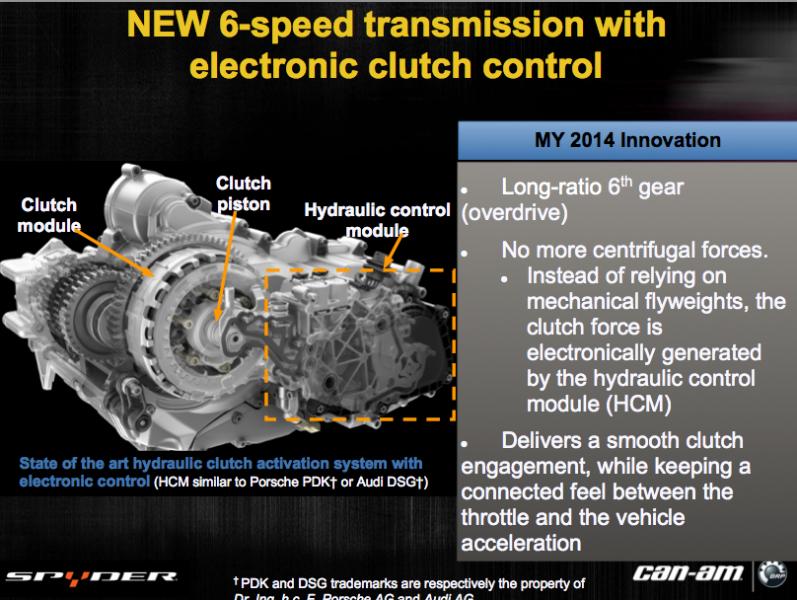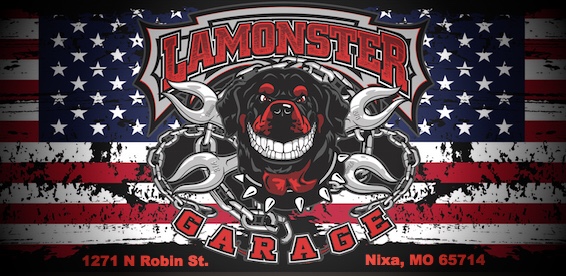
Here's something I picked up this morning that I thought I would share with you all. Great info for those of you that want to know how the 1330 clutch works.
The clutch in the SE6 transmission is 100% dynamic. It is completely controlled by the TCM and free from centrifugal or mechanical spring engagement. The springs in the SE6 clutch are used to release or disengage the clutch, not engage it as in SM5.
The pressure applied to the clutch plates to engage it, and control the necessary slip is applied by a hydraulically controlled piston. The hydraulic pressure is controlled by spool valves acting as hydraulic relays allowing low oil pressure to control the high oil pressure needed to squeeze the plates or enact shifts.
The TCM will decide how much pressure is required to squeeze depending on several inputs, but primarily engine RPM, gear position, vehicle speed, and throttle opening.
For example. If the operator is driving through town at 30 MPH, in 6th gear, and advances the throttle quite heavily, the TCM will adjust the hydraulic pressure to the point that the clutch will not slip.
This is a huge improvement over the SE5 which relied solely on centrifigal force of the flyweight rollers to apply clutch pressure, and will eliminate clutch plate failure due to inadequate pressure caused by low RPM.
Therefore, there is no specific RPM where the plates are fully engaged. The clutch fully engages when conditions require it determined by pre-programed maps based on sound theory and years of testing.
The SE6 transmission is designed to address every challenge in the SE5 transmission and is an ingenious design.

